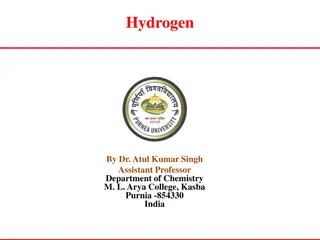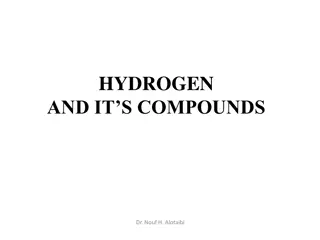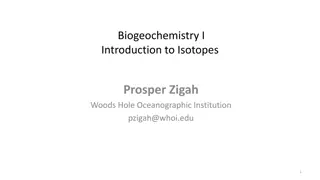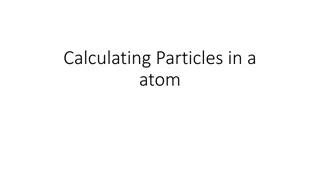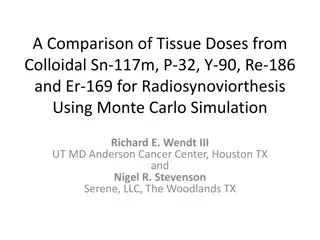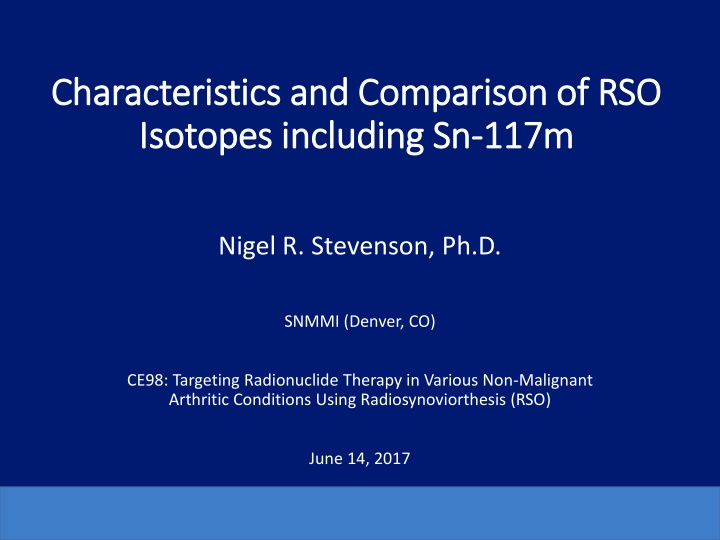
Comparison of Radiosynoviorthesis Isotopes and Commercial RSO Products
Learn about the characteristics and comparison of radiosynoviorthesis isotopes, including Sn-117m, Er-169, Re-186, and Y-90. Discover the applications, dose ranges, and manufacturing details of these isotopes for the treatment of arthritis using radiosynoviorthesis.
Download Presentation

Please find below an Image/Link to download the presentation.
The content on the website is provided AS IS for your information and personal use only. It may not be sold, licensed, or shared on other websites without obtaining consent from the author. If you encounter any issues during the download, it is possible that the publisher has removed the file from their server.
You are allowed to download the files provided on this website for personal or commercial use, subject to the condition that they are used lawfully. All files are the property of their respective owners.
The content on the website is provided AS IS for your information and personal use only. It may not be sold, licensed, or shared on other websites without obtaining consent from the author.
E N D
Presentation Transcript
Characteristics and Comparison of RSO Characteristics and Comparison of RSO Isotopes i Isotopes including ncluding Sn Sn- -117m 117m Nigel R. Stevenson, Ph.D. SNMMI (Denver, CO) CE98: Targeting Radionuclide Therapy in Various Non-Malignant Arthritic Conditions Using Radiosynoviorthesis (RSO) June 14, 2017
Disclosures Employment with Serene, LLC manufacturers of Sn-117m colloid SNMMI (Denver, CO) 1 6/14/2017
Radiosynoviorthesis (RSO) A.k.a. Radiosynovectomy (RSV) Treatment for arthritis (synovitis) Used worldwide for over 60 years Radioactive colloid injected directly into the synovial cavity Intracavitary radiotherapy to reduce pain, effusion, perfusion and inflammation (synovitis) Commercial isotopes are Y-90, Re-186, Er-169 Y-90 for large joints (knee) Re-186 for mid-size joints (elbow, wrist, ankle) Er-169 for small joints (fingers) SNMMI (Denver, CO) 2 6/14/2017
Radiosynoviorthesis Isotopes Isotope t1/ 2 (d) Imaging Energy Particle Therapy Maximum Range (mean) Range (max) Particle Energy Tissue (keV) Typical Dose (mCi) Joint Size (keV) Tissue (mm) (mm) Sn-117m 13.6 158.6 C.E. 151 0.27 0.3 0.5-1.0 Small/Med - - - - - - - - - - Er-169 9.3 None - 350 0.14 1.1 1 Small Re-186 3.7 137 1070 1.1 4.4 2.5 Medium Y-90 2.7 B - 2280 4.1 11 4 Large P-32 14.3 B - 1711 2.8 8.4 2 Large Au-198 2.7 412 960 0.9 4.2 7 Large/Med Sm-153 1.9 103 808 0.55 3.3 5 Medium Re-188 0.7 155 2120 3.1 10.4 10 Large Ho-166 1.1 81 1855 2.6 9.2 10 Large Dy-165 0.1 95 1289 1.3 5.9 270 Large Tm-170 129 84 968 0.9 4.2 1.6-4.8 Medium SNMMI (Denver, CO) 3 6/14/2017
Commercial RSO Isotopes Half- life (days) Tissue range (mm) mean, max Typical dose (mCi) Colloidal compounds Imaging particle Therapy particle Isotope Joint size Standard isotopes currently in use globally (human dose) Er-169 Small Citrate 9.3 None 0.14, 1.1 1 Re-186 Medium Sulfide 3.7 1.1, 4.4 2.5 (lower quality) Y-90 Large Silicate, citrate 2.7 Brem. 4.1, 11 4 Future Sn-117m Small/Med Hydroxide 14 CE 0.27, 0.30 0.5-2.0 (high quality) All (except Sn-117m) wide particle size range allows for potential leakage from the joint resulting in systemic distribution All (except Sn-117m) irradiate beyond the targeted tissue (i.e., the synovium) Y-90, Re-186 shorter half-life causes some logistical problems outside of Europe Er-169 supply, reliability issues reported. SNMMI (Denver, CO) 4 6/14/2017
Colloid Manufacturing Centralized manufacturing unit doses and bulk Limited availability in some countries and regions Local - kit produced Re-188 using cold Sn colloid base (Courtesy of Prof. Jae Min Jeong, SNU) SNMMI (Denver, CO) 5 6/14/2017
Characteristics of Sn-117m Sn-117m was extensively developed at BNL starting in the 1980s Reactor production Chemistry development Oncology trials Beta # Energy Avg. Produces a range of tissue penetration Conversion Electron (CE) # Energy Sn-117m (CE) Alpha Particles Beta Particles Penetrates up to a set distance (discrete energy) Range in tissue ( m) 300 40-90 50-5000 Shielding needed during administration No No Yes SNMMI (Denver, CO) 6 6/14/2017
Sn-117m RSO Colloid Retention of colloid in normal rat joint: Time 7 days 2 weeks 6 weeks Retention >99.9% >99.9% 99.8% Stability studies colloid size particle distribution at manufacture Stability studies colloid size particle distribution at 5 weeks in room temperature Mean =6.28 m SD=2.76 m Mean =6.43 m SD=2.47 m SNMMI (Denver, CO) 7 6/14/2017
Sn-117m RSO Colloid is Unique Tin forms an ideal colloid Used as the base for some existing RSO colloids Very stable/long-lived Biocompatible Reproducible Optimal size range No particles smaller than 1 m i.e., no leakage No particles above ~ 20 m i.e., complete phagocytosis Suitable half-life Phagocytosed radioactive colloids migrate to deeper synovial tissues i.e., potential to treat larger joints Irradiation of unintended tissues is avoided SNMMI (Denver, CO) 8 6/14/2017
Summary RSO is a well established procedure to treat arthritis/synovitis Commercially available isotopes are: Y-90 for large joints Re-186 for mid-size joints Er-169 for small joints Sn-117m is a new isotope that is proving useful for small and mid- size joints (possibly also large) Existing colloids leak out to some degree resulting in systemic distribution New Sn-117m colloid is unique in having no leakage or systemic problems Sn-117m has the potential to treat all sizes of joints SNMMI (Denver, CO) 9 6/14/2017

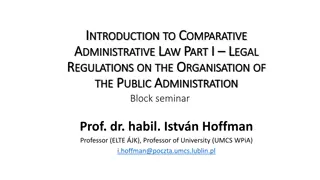


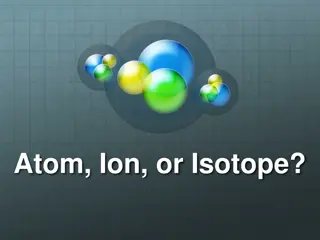



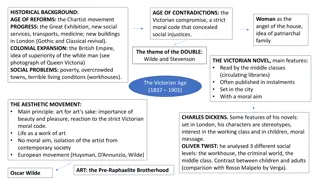
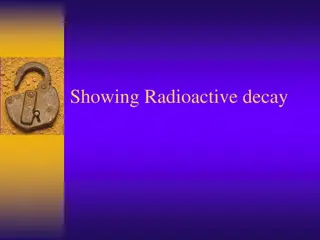

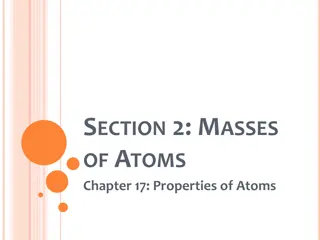
![Negligence Liability in Donoghue v. Stevenson [1932]](/thumb/198881/negligence-liability-in-donoghue-v-stevenson-1932.jpg)

